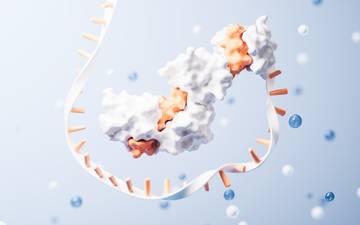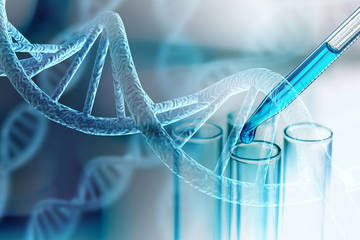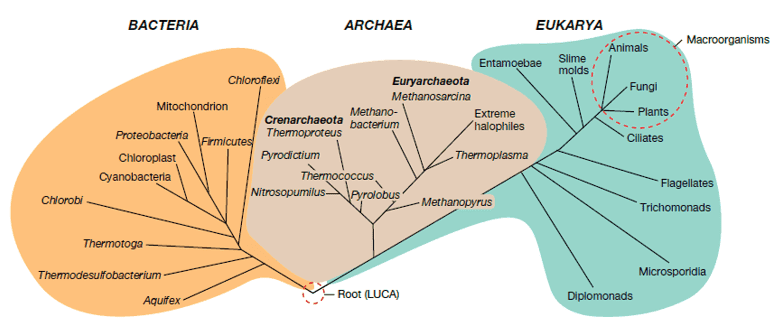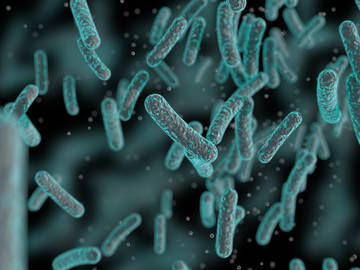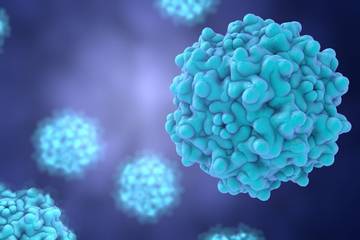Microorganisms have different growth requirements. When culturing them in the laboratory, it is essential to take note of these conditions because these are needed to be replicated in order to successfully grow microbial cultures in the laboratory. As mentioned in the previous article, one of the conditions needed to be taken into consideration is the oxygen requirement of the microorganisms. Some common microorganisms such as Escherichia coli and Bacillus sp. are usually cultured in the laboratory and used as reference organisms in microbiological studies. These organisms are relatively easier to culture because they are aerobic organisms and do not require complex culture conditions for growth.
Laboratory cultures of microorganisms are grown in culture media wherein the nutrients provided are dependent on the requirements of the particular microbe. The growth of microbial cultures is also affected by environmental conditions such as temperature, pH, osmolarity, and oxygen concentration. Taking into consideration the last one, culture techniques based on oxygen requirements have been designed to cater to aerobic and anaerobic microorganisms.
The first group, aerobes, are relatively easier to culture in the laboratory because there is no need for special attention to the oxygen concentration as long as the cultures are well aerated. In solid cultures, aerobic microorganisms are simply inoculated on the surface and incubated in appropriate incubation conditions in order for the culture to grow. In liquid cultures, aeration is achieved by vigorously shaking the culture media before inoculating the microbial species to be cultivated.
On the other hand, anaerobes require extra attention as to ensuring that oxygen is excluded from the culture in order for them to grow. Anaerobes are slow-growing and have complex growth requirements that should also be considered. Some culture media contain reducing agents in order to convert O2 into other forms such as water. Oxygen can also be displaced by flushing it out with oxygen-free gas such as carbon dioxide. In addition to this, cultures of anaerobic microbes are kept in anaerobic vessels such as vacuum-sealed anoxic jars or anoxic incubation boxes. In liquid cultures, redox reaction indicator dyes such as resazurin are added in order to determine the oxygen concentration in the broth, because it turns pink in the presence of oxygen. Also, all preparation and manipulation of samples for anaerobes are done in completely anoxic conditions therefore needing special anaerobic chambers.
Cultivation of microbes in the laboratory is relatively easier for aerobes compared to anaerobes. However, it should still be kept in mind that in preparing these cultures, other growth conditions should also be taken into consideration in order to produce successful samples. It still requires extra attention to cater to the specific requirements of microbes in order for them to grow. Although there are cultures such as E. coli that are very easy to grow in the lab, there are those that are very sensitive to changes in their environment. Added to that, there are species of microorganisms that are simply non-culturable and can only be studied by means of sequencing techniques. Whole-genome sequencing, targeted sequencing such as 16S ribosomal RNA sequencing, among others is commonly used to overcome the trouble of culturing microorganisms in the laboratory.
References
- Clark, H. Culturing anaerobes. Nature Milestones, 2019, S5.
- Madigan, M.T., Bender, K.S., Buckley, D.H., et al. Brock Biology of Microorganisms. 15th ed. Pearson Education, 2019.



